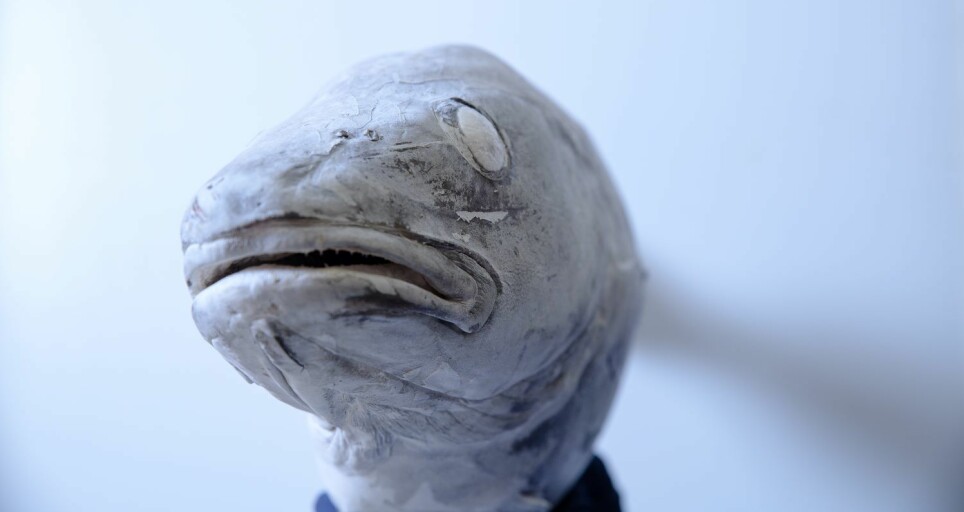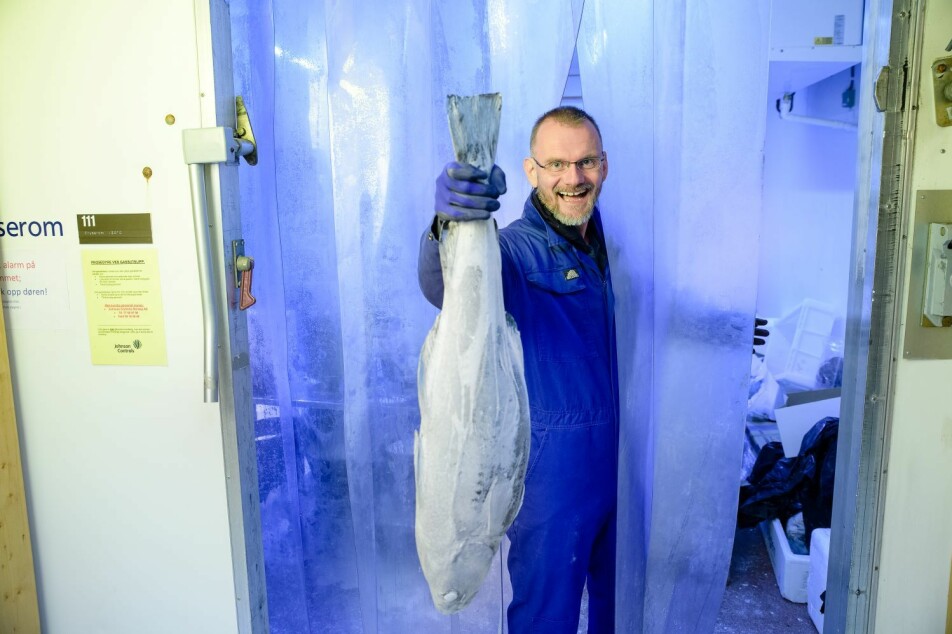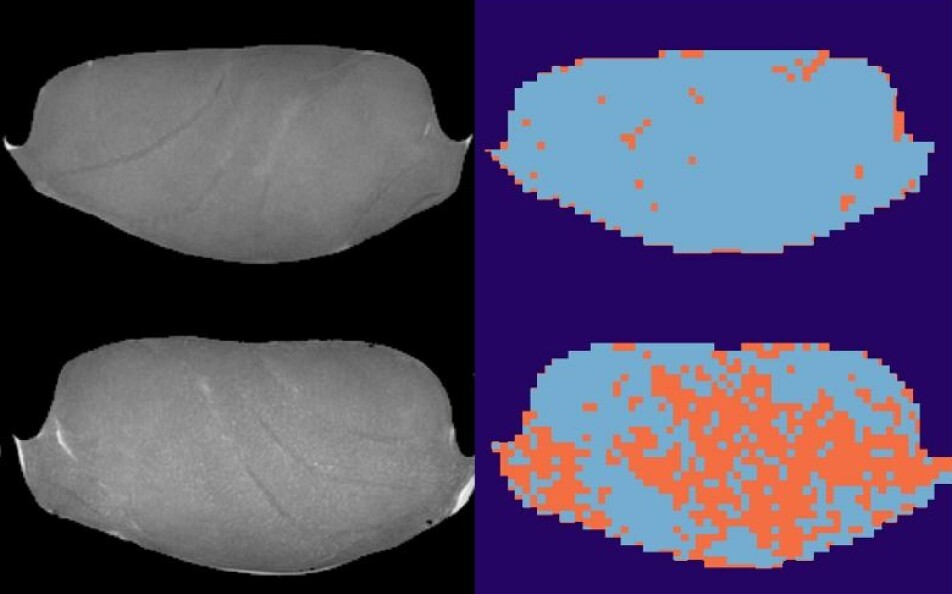THIS ARTICLE/PRESS RELEASE IS PRESENTED and paid for by Nofima The Norwegian Institute of Food, Fisheries and Aquaculture Research - read more

Colder frozen fish, please
Research on freezing and thawing shows that regular frozen storage at -18°C is inadequate. Lower storage temperatures could make a big improvement.
“The secret of a perfect fish meal lies in preserving the quality of the fish through all processing stages until it lands on your plate. One weak link is enough to impact the quality. If we can take good care of it all the way, fish can maintain its fantastic quality – even after being frozen,” says scientist Svein Kristian Stormo.
Over the past few years, he has led Nofima’s research initiative on the subjects of freezing, frozen storage and thawing, dubbed “Fresk”. He and his colleagues have studied what happens to fish when frozen and thawed at different temperatures and with different methods, in several combinations.

18 below zero is not enough
Freezing might lower the quality of fish because ice crystals that are formed can damage the fish muscle. Yet, now scientists know more about how to constrain the formation of damaging ice crystals and limit its negative effect.
It’s common to keep frozen food at 18–20 degrees below zero, both in the industry and at home. Judging from experiments where storage temperature -20°C was compared to -40°C, storing fish under “normal” conditions is not cold enough.
While regular frozen fish saw a significant drop in quality after only 6 months, fish that was deep-frozen at minus 40°C maintained its high quality, even after two years.
How is that the case?
Large and small ice crystals
The answer is found by monitoring the water content of the fish after it has thawed. Scientists often use the liquid loss following thawing as a measure for quality. Fish that has released a lot of water will be dry and fibrous after cooking.
“Fish will release water as it thaws, but it’s not only freezing and thawing that determines how much water is lost. Frozen storage also has an impact since the ice crystals that are formed during the freezing process can grow in size, especially if temperature is high. Bigger ice crystals increasingly damage the cellular structure of the fish, resulting in a greater loss of water,” says Stormo.
"When a fish is kept at minus 20°C, not all the water in the fish muscle is frozen. Some of the water remains in an unfrozen state between the ice crystals, helping the ice crystals to expand. The larger the ice crystals, the more damage they do, and the more water is released during the thawing process,” he says.
Fast freezing results in smaller crystals which cause less damage. Scientists therefore recommend freezing the product as fast as possible to temperatures that freezes all the water.
The fish which was kept at minus 20°C had a liquid loss between 4–9% after only 6 months. The fish kept at minus 40°C had a liquid loss less than 4% through a 26-month period.
In the fishing industry, it is not uncommon to process thawed fish before freezing it once more – known as double freezing. After undergoing double freezing, the fish kept at minus 20°C had liquid loss exceeding 9% after 9 months, while the fish kept at minus 40°C again resulted in liquid loss less than 4%.

Quality in – quality out
The benefits of using lower temperatures during frozen storage is not only relevant for fish products, but for all foods. However, since fish is more fragile than meat, the impact on fish is more apparent.
“A low-quality fish cannot be salvaged no matter how perfectly you freeze and thaw it. It never gets better than it was in the first place. That's why it's so important to keep quality in mind during the catch situation as well – fishing quality before quantity,” says Stormo.
He now hopes to apply this research to experiments in industrial contexts. Several industry players have shown great interest as they see opportunities to create better products and achieve a more consistent production process.
“Preserving the high quality of the fish caught during fishing season will potentially improve the quality of the fish products, ensure a stable raw material supply, and ultimately secure jobs in several local communities along our coast,” says Stormo.
References:
Kathryn E. Anderssen et.al.: Quantification and mapping of tissue damage from freezing in cod by magnetic resonance imaging. Food Control, 2021. (Under publication. Summary)
Kathryn E. Anderssen et.al.: Predicting liquid loss of frozen and thawed cod from hyperspectral imaging, LWT, 2020. (Summary)
———
Read the Norwegian version of this article at forskning.no





































